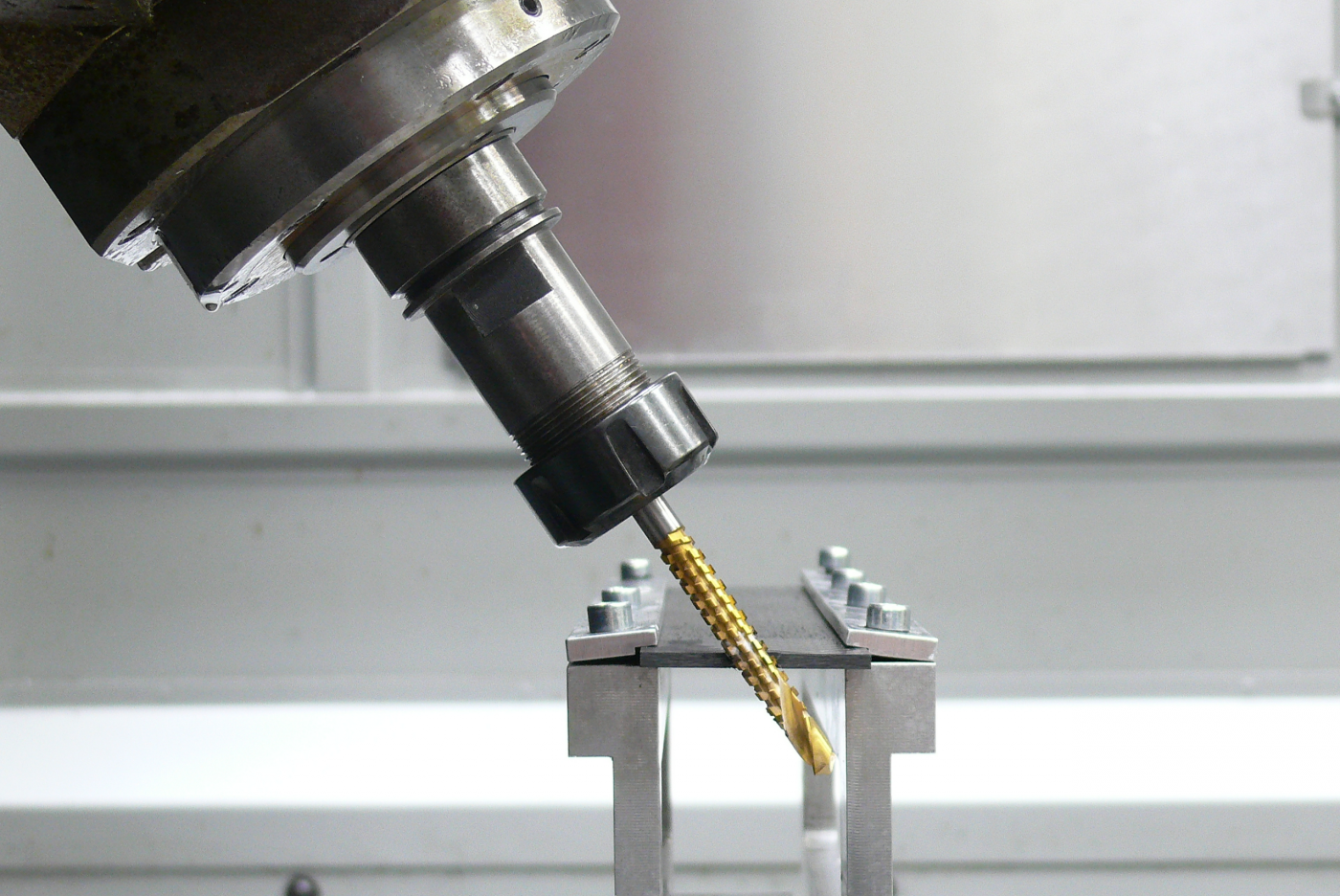Veröffentlichungen
| [1] | Hilligardt, A.; Böhland, F.; Klose, J.; Gerstenmeyer, M. & Schulze, V. (2021), „A new approach for local cutting force modeling enabling the transfer between different milling conditions and tool geometries“. Elsevier, S. 138-143. doi.org/10.1016/j.procir.2021.09.024 Abstract The modeling of modern high performance machining with intermittent cut and varying effective cutting parameters requires a flexible local cutting force prediction. Due to complex tool geometries and varying cutting conditions without a rigid reference system new approaches for the local cutting force decomposition are applied, investigated and compared. The force decompositions are based on the separation of the effective cutting speed into normal and tangential components to adequately consider the locally acting mechanisms. Regression models based on the effective cutting parameters are defined to compare and validate the local force decomposition. A high feed peripheral milling experiment with specific cutting force measurement is presented to develop the regression models. An extensive cutting force database for AISI 5115 is created by tool geometry and process control variable variations. The effective cutting conditions are calculated through geometric penetration simulation. Considering the tool deflection in the simulation achieves a high regression accuracy even with low chip thicknesses. This is especially important for the cutting force prediction of finishing processes. The resulting regression cutting force models and force decompositions are rated based on the applicability to different tool geometries, like a ball end mill. |

.gif)